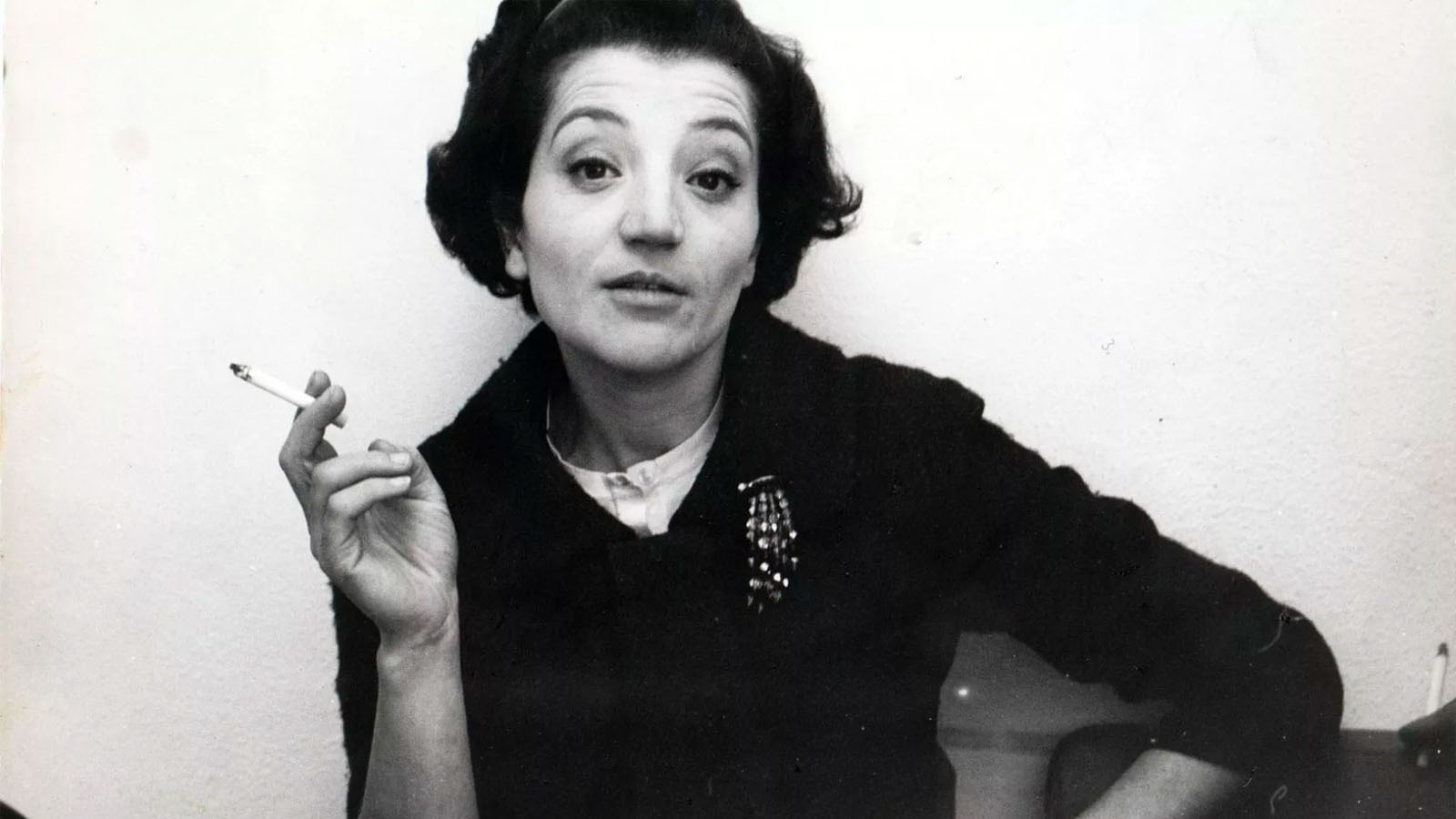Women at Work

A third wave may be surging in Europe, but the Cannes Film Festival is forging ahead with plans for a seventy-fourth edition set to take place from July 6 though 17. Artistic director Thierry Frémaux has invited Spike Lee, who was to have presided over the jury last year, to give it go this year. “Book my flight now!” is his enthusiastic response. The other jury members and the full official selection will be announced in early June. In other news, it’s Friday, which means that, before turning to some of the best reading and viewing of the week, we have to take stock of our losses.
- On a single splendidly designed page, Another Gaze is presenting eight short documentaries that Cecilia Mangini made between 1960 and 1972 alongside a 2006 interview with the late Italian filmmaker and an essay by Allison Grimaldi Donahue. We have through the weekend to see such films as La canta delle marane (1962), written by Pier Paolo Pasolini, on the feminist journal’s new platform, Another Screen. “Though her work has its undeniable didactic and anthropological elements, both sharply informed by a Marxist point of view,” writes Ruairí McCann for Sight & Sound, “she does not fit in with those in militant cinema who see form as mere function, nor with many near-contemporaries in ‘direct cinema’ for whom reality was a holistic, apolitical, and containable entity. Rather, these films summon the ghosts of Robert Flaherty and Dziga Vertov in their reconstructing of reality and radical form.” For more on Mangini, see Elisabetta Povoledo’s profile from January 2020 for the New York Times.
- The Guardian has asked nearly a dozen filmmakers, an actor, and three critics to send in a few words on their favorite moments in LGBTQ cinema. Terence Davies recalls being moved to tears by Basil Dearden’s Victim (1961) and Andrew Haigh notes that while Hettie Macdonald’s Beautiful Thing (1996) “may not be the most radical film in queer cinema,” it did help “nudge my twenty—three-year-old self out of the closet.” Steven Spielberg’s The Color Purple (1985) has allowed Jasika Nicole “to become the future version of myself that I never got to see as a kid: a black queer woman who knows that her love is real.” Wash Westmoreland looks back to a crucial turning point when Gus Van Sant’s My Own Private Idaho (1991) “pauses, reflects, becomes deeper, and infinitely queerer,” and Van Sant himself salutes a passage in Derek Jarman’s The Last of England (1987). For So Meyer, it’s Sally Potter’s Orlando (1992): “Transition as it should be: easeful, celebrated, vivid—and centered.”
- In 1996, Cheryl Dunye became the first Black lesbian to direct a feature film, The Watermelon Woman, and as Aramide Tinubu points out at IndieWire, fifteen years would pass before Dee Rees became the second with Pariah. It was a relatively quiet period for Dunye, too, until Ava DuVernay asked her to direct two episodes of Queen Sugar in 2017. She’s since worked on Dear White People, The Chi, and Lovecraft Country, and she’s directing upcoming episodes of Delilah and The Umbrella Academy. For W, Brook Marine talks with Dunye about the New Queer Cinema of the 1990s and about what lies ahead. “The future is Africa,” says Dunye, and “we’re seeing a whole wave of Nigerian women storytellers just taking it all down.” Dunye tells Tinubu that she’s optioned Jewelle Gomez’s The Gilda Stories, “which is an amazing Black women’s sci-fi, time-travel vampire story. I’ve wanted this for years. And there’s also another British novel that I’m attached to and developing called Trumpet by Jackie Kay about fictional jazz trumpeter Joss Moody, who hid his transgender identity until his death. I’m sticking in the wheelhouse with what I know and love to do and putting a spotlight on where we came from and where we’re going.”
- Starting next Friday, the Metrograph will be giving Claire Denis’s L’intrus (2004) a two-week run, and writing for 4Columns, Erika Balsom calls this “enigmatic eighth feature” Denis’s “most challenging. It drifts and baffles.” A straightforward synopsis would ascribe “to the film a lucid simplicity that it refuses at every turn. Denis herself offers a better encapsulation, echoing [philosopher Jean-Luc] Nancy’s experience of disorientation: ‘L’intrus is like a boat lost in the ocean.’ So it is. Far from a weakness, though, the errancy of this vessel is inextricable from its exhilarating force, one that hits as hard in the gut as in the head.”
- On the Criterion Channel, we’re currently featuring seven other features by Claire Denis as well as four films by Nina Menkes. At Screen Slate, Patrick Dahl tells Menkes that, revisiting these works, he’s been taken by “the volley between extreme closeups and tableau wide shots because it’s so outside of typical film grammar.” And Menkes tells him that this is “not something that’s consciously constructed. I try to feel it. I do my own camera, which is something I have to do for exactly this reason. I don’t like to overanalyze, then figure it out, and then tell someone else what to do. I’m very scared of the phrase ‘figure it out,’ because I don’t like to figure it out. I like it to kind of appear before me in its truth.”



